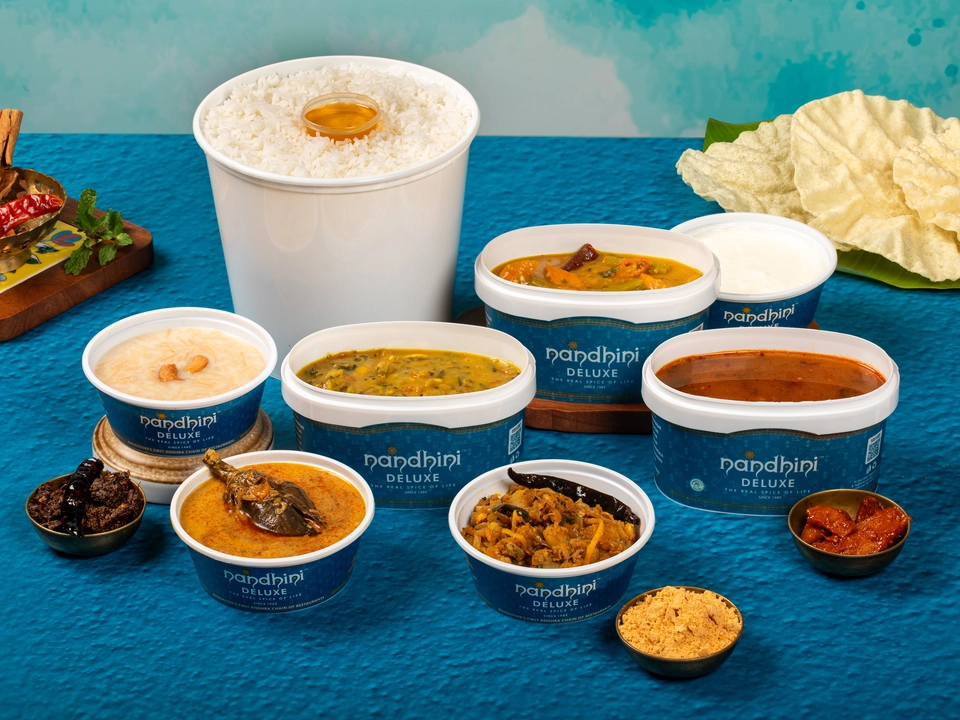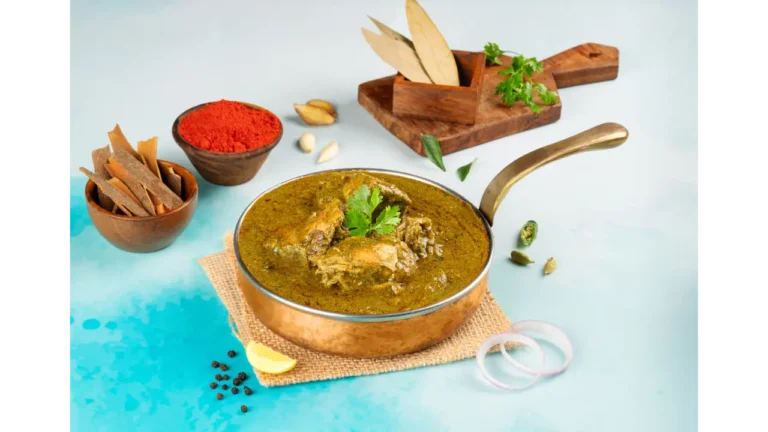Introduction: Why Ugadi Recipes Matter More Than Ever
Ugadi isn’t just the start of a new year for Telugu-speaking communities; it’s a celebration of life, balance, and tradition served on a banana leaf. The dishes prepared on this day do more than just fill the stomach—they carry deep meaning, history, and symbolism that connect generations.
At the heart of this celebration lies the iconic Ugadi Pachadi, a blend of six tastes representing the six emotions of life. Alongside it, you’ll find comforting dishes like pulihora, payasam, bobbatlu, and poornalu, which grace tables across Andhra Pradesh and Telangana.
Whether you’re preparing a festive spread at home or curious about the dishes that define this South Indian New Year, this guide to Ugadi recipes will walk you through their cultural significance, health benefits, and step-by-step instructions for making them.
Key Takeaways: What You’ll Learn in This Ugadi Food Guide
- The meaning behind Ugadi Pachadi and the six traditional ingredients used
- Authentic Andhra-style Ugadi recipes from sweets to savory favorites
- Health benefits of pachadi ingredients like neem, raw mango, and jaggery
- Alternatives if certain ingredients (like neem flowers) aren’t available
- Cultural insights into how Ugadi dishes vary across Andhra regions
- How restaurants like Nandhini bring festival flavors to life for dine-in and takeout
Table of Contents
The Meaning Behind Ugadi Pachadi
No Ugadi celebration in Andhra Pradesh or Telangana is complete without Ugadi Pachadi—a sacred, seasonal preparation that is as symbolic as it is flavorful.
Unlike festive sweets or rich curries, this humble dish is served first on Ugadi morning, not to impress the taste buds but to ground the soul. Its power lies in its simplicity. Prepared without fire, Ugadi Pachadi blends six unique ingredients—each linked to a specific rasa (taste) and emotion, reflecting the essence of human experience.
Here’s what each element stands for:
- Neem Flowers (Bitter – Sadness): Life inevitably brings sorrow and challenges. The bitter neem reminds us that pain is part of growth and must be accepted with grace.
- Jaggery (Sweet – Joy): This is the sweetness of success, love, and celebration. Jaggery brings balance and hope, especially at the dawn of a new year.
- Raw Mango (Tangy – Surprise): The sourness of mango stands for unpredictability—moments that catch us off guard but keep life interesting.
- Tamarind Pulp (Sour – Disappointment): Symbolizing the occasional bitterness in relationships or setbacks, tamarind grounds us in reality.
- Green Chili or Crushed Pepper (Spicy – Anger or Energy): These awaken the senses and represent emotions like frustration, ambition, or excitement.
- Salt (Salty – Neutrality or Stability): A staple of life, salt ties all the other flavors together and stands for stability and grounding.
When consumed on Ugadi morning, this pachadi becomes more than just food—it becomes a philosophy served in a bowl, reminding us that every year is a mix of emotions, and we can embrace each one that defines personal growth.
This seasonal blend also connects us to the land—using fresh neem blossoms, early green mangoes, jaggery made from new sugarcane, and tamarind aged just enough to turn tangy.
Classic Andhra-Style Ugadi Pachadi Recipe
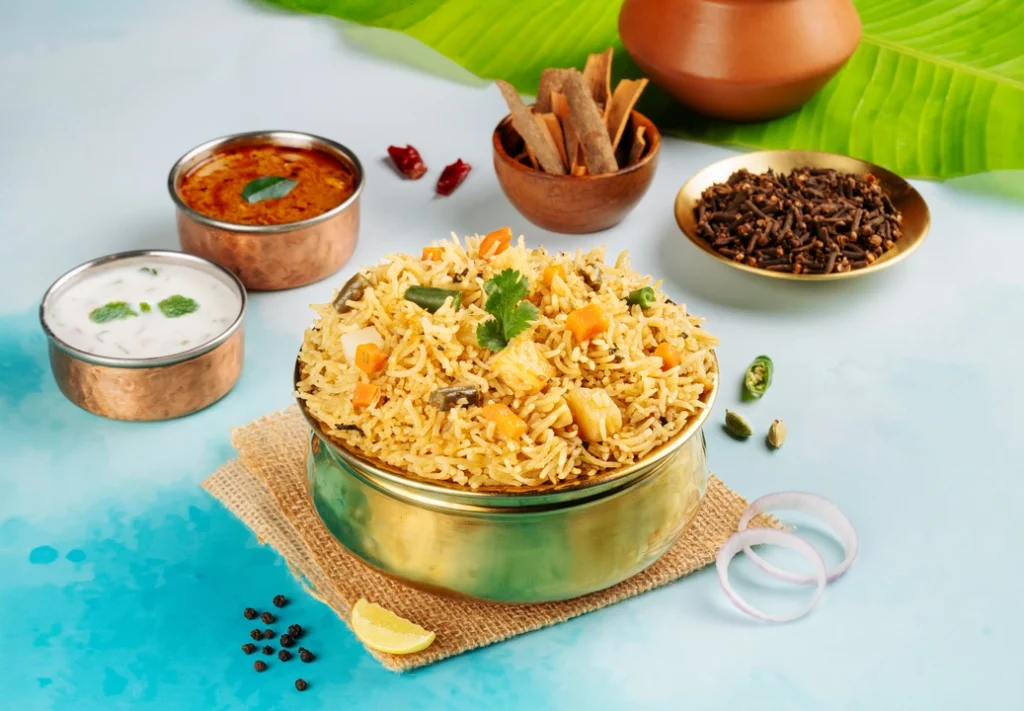
Ugadi Pachadi is typically prepared at home early on the morning of the festival. It’s not just a ritual—it’s an act of reverence toward nature, balance, and tradition. Every family has its own slightly varied version, but the core remains consistent across Andhra households.
Here’s a traditional step-by-step version to help you prepare this auspicious dish authentically.
Ingredients (Serves 3–4):
- 2 tablespoons fresh neem flowers (dried neem flowers can also be used)
- 2 tablespoons grated raw mango (firm and slightly sour)
- 2 tablespoons tamarind pulp (made from soaked and squeezed tamarind pods)
- 2 tablespoons grated jaggery (adjust for sweetness)
- 1 small green chili (finely chopped) or 1/2 teaspoon crushed black pepper
- 1/4 teaspoon salt
- 1/4 cup drinking water (adjust to reach a drinkable or spoonable consistency)
Optional (regional customizations):
- 1 teaspoon soaked chana dal or moong dal for texture
- A few slices of ripe banana
- 1 tablespoon freshly grated coconut (for sweetness and richness)
Preparation Method:
- Make tamarind extract: Soak tamarind in 1/4 cup of warm water for 10 minutes. Squeeze and strain to extract a clean, smooth pulp.
- In a small mixing bowl, add grated jaggery to the tamarind pulp. Stir until it dissolves completely. The base should have a sweet-tart taste.
- Add grated raw mango, chopped chili or crushed pepper, neem flowers, and salt to the mix.
- Stir gently and allow it to sit for 5–10 minutes. This resting time helps the flavors to meld and bloom naturally.
- Taste and adjust. If it’s too sour, add more jaggery. If it lacks punch, a little more green chili can balance it.
Serving Tip:
Traditionally, Ugadi Pachadi is served in small silver or brass bowls, sometimes even in betel leaves folded like cups. It’s offered to God during the puja and then consumed by all family members, usually before any other food is eaten.
This recipe isn’t just about flavor—it’s a prayer for emotional resilience, acceptance, and renewal. By making it at home, you carry forward a tradition that’s centuries old and rooted deeply in the Telugu soul.
Health & Seasonal Benefits of Each Ingredient in Ugadi Pachadi
Beyond their symbolic value, each component of Ugadi Pachadi offers seasonal health benefits, making this dish both spiritually and nutritionally ideal for starting the new year. Here’s a closer look at how these ingredients support your body, especially in the transition from winter to summer.
1. Neem Flowers
Neem is known for its detoxifying and antiviral properties. Consuming fresh neem in small amounts can help cleanse the digestive system, purify blood, and build early immunity—perfect for the summer months ahead.
2. Jaggery
A natural sweetener rich in iron and antioxidants, jaggery aids digestion and helps flush out toxins. It provides instant energy without the crash you get from refined sugar, making it a smart sweet choice during festivals.
3. Raw Mango
High in Vitamin C and fiber, raw mango boosts immunity and prevents dehydration, a key concern as temperatures rise in Andhra during Ugadi. Its tang also stimulates appetite and digestion.
4. Tamarind Pulp
Tamarind is loaded with polyphenols and potassium, which help cool the body, reduce inflammation, and support heart health. It also aids in smooth bowel movements—important after festive feasting.
5. Green Chili or Black Pepper
Spices like green chili and pepper act as natural metabolism boosters. They promote circulation and also help in the absorption of nutrients from other foods.
6. Salt
Used in moderation, salt balances electrolytes in the body and brings all the above ingredients into harmony, just like it does in the dish.
When viewed as a seasonal tonic, Ugadi Pachadi isn’t just a ritual; it’s an Ayurvedic reset, aligning body and mind with the onset of a new seasonal cycle.
Other Must-Make Ugadi Dishes in Andhra Tradition
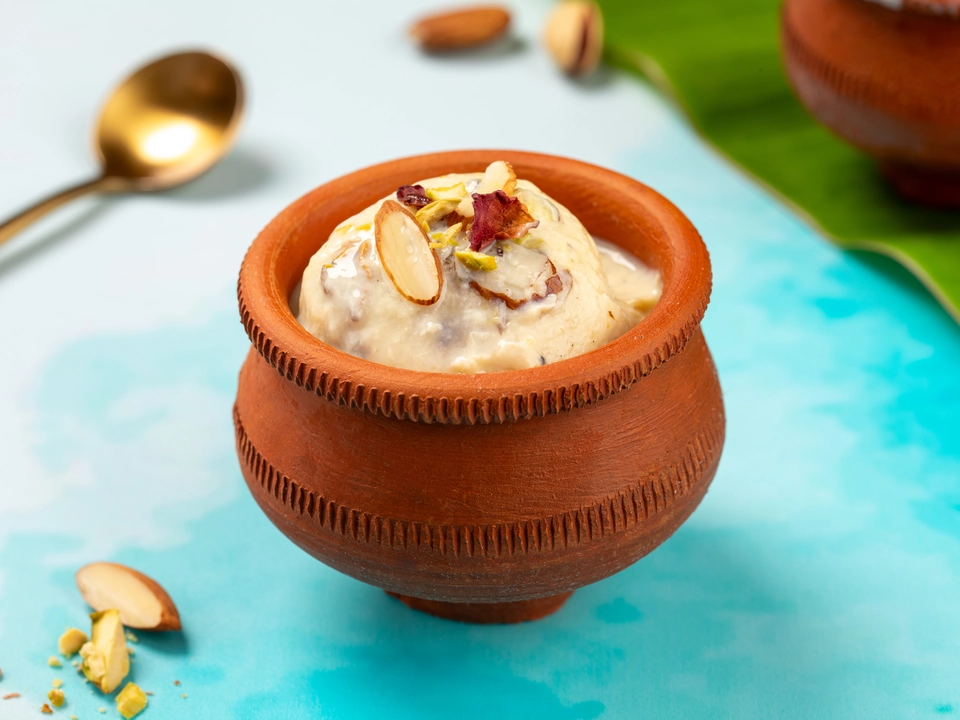
While Ugadi Pachadi is the spiritual centerpiece, a traditional Ugadi meal in Andhra Pradesh and Telangana is a feast of balance, blending sweet, sour, spicy, and savory in perfect harmony. Below are some of the most beloved dishes prepared during the festival:
1. Pulihora (Tamarind Rice)
A tangy, mildly spiced rice dish seasoned with mustard seeds, curry leaves, and peanuts. It’s a festival favorite known for its long shelf life and calming flavor, perfect for offerings and guests alike.
2. Bobbatlu / Poornam Boorelu
These sweet flatbreads or deep-fried dumplings are filled with a mix of chana dal, jaggery, and cardamom. They represent prosperity and sweetness in life, and are often made in bulk for sharing.
3. Payasam (Kheer)
Made with rice, milk, jaggery, and cardamom, payasam is offered during puja and served as a dessert. Some families add moong dal or vermicelli for texture and richness.
4. Garelu (Medu Vada)
Savory lentil doughnuts made from urad dal, deep-fried until crisp. Served with coconut chutney or sambar, they bring a satisfying crunch to the festive spread.
5. Perugu Garelu (Vada in Curd)
A cooling dish made by soaking garelu in spiced curd, tempered with mustard seeds and green chili. Especially refreshing during early summer.
6. Mango Dal / Mamidikaya Pappu
A tangy lentil dish made with raw mango, this is a seasonal twist on classic pappu and pairs perfectly with steamed rice and ghee.
Each of these dishes adds a layer of meaning and taste to the Ugadi thali, celebrating seasonality, abundance, and the joy of togetherness.
Tips, Variations & Ingredient Substitutions
While Ugadi Pachadi is rooted in tradition, every home adds its little twist. Whether you’re adjusting for availability, dietary needs, or personal taste, there’s flexibility in how you prepare it. Here are some helpful tips and variations that keep the dish authentic while making it practical for modern kitchens.
Can’t find neem flowers?
Fresh neem flowers are traditional, but if you live outside India or struggle to find them, try these substitutes:
- Dried neem powder: Just a pinch can mimic the bitter element
- Fenugreek (methi) seeds: Soaked seeds can stand in for bitterness
- Karela (bitter gourd) juice: A drop or two adds a comparable note
Want to soften the bitterness for kids?
Some families add sliced ripe banana, soaked Bengal gram (chana dal), or a bit more jaggery to mellow the punch without diluting the symbolism.
Going sugar-free or vegan?
- Replace jaggery with stevia or date syrup for a low-glycemic option
- The rest of the ingredients are naturally plant-based and gluten-free
Texture enhancements
- Add grated coconut for mild sweetness and richness
- A few drops of ghee (for non-vegans) give a festive aroma
Consistency check
Traditionally, the pachadi is more like a runny chutney, not a paste. Add more water if it feels too thick, and serve it at room temperature for the best experience.
No matter how you tweak it, the goal is to keep the six flavors balanced, representing life’s emotional spectrum. Adjusting doesn’t mean diluting—it means personalizing with awareness.
Cultural Notes & Personal Traditions
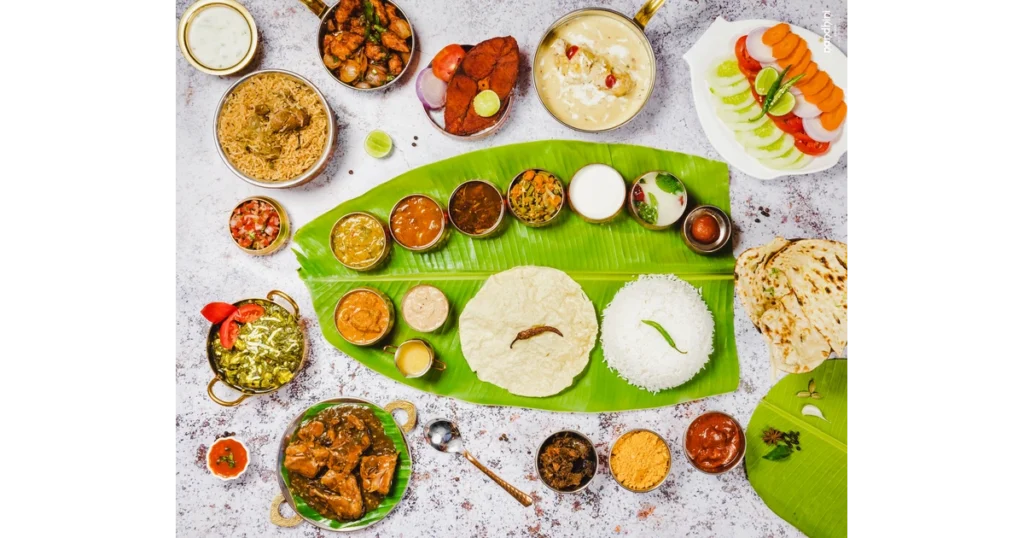
Ugadi isn’t just a public festival—it’s deeply personal. Families pass down recipes not just as instructions, but as stories, memories, and rituals. Preparing Ugadi Pachadi is often the first task of the day, done after a morning bath, before the house is decorated with mango leaves and rangoli.
In many Telugu households, the head of the family tastes the pachadi first, offering prayers for the new year. Children are then encouraged to try it—often reluctantly, because of the bitterness—but they’re gently taught what each taste means.
Some regional customs include:
- In Telangana, dried coconut and jaggery are emphasized more heavily.
- In Coastal Andhra, extra sourness from mango or tamarind is preferred to reflect the region’s tangy cuisine.
- In Rayalaseema, spicy and bitter elements are stronger, possibly due to local flavor profiles.
Today, even Telugu families living abroad observe Ugadi with some version of this ritual. They may not find neem flowers, but the emotion remains intact. Some families make video calls to share their version of pachadi with relatives, keeping the tradition alive through digital kitchens.
And increasingly, restaurants like Nandhini are beginning to offer Ugadi thalis or festival specials for those who can’t cook at home. These include pachadi, pulihora, poornalu, and a mix of seasonal curries, allowing even urban diners to stay rooted in tradition.
Ugadi Festival Menu at Nandhini: Bringing Tradition to the Table
If you’re in Bengaluru during Ugadi and looking to experience authentic Andhra flavors without cooking at home, Nandhini offers a thoughtfully curated experience that brings the festival straight to your plate.
While many know Nandhini for its spicy Andhra biryanis and signature meals, during festival seasons like Ugadi, select branches also feature special Ugadi thalis or à la carte festive dishes, available for dine-in and takeaway. These meals celebrate everything the festival stands for—flavor, symbolism, and seasonal richness.
What you can expect in a typical Nandhini Ugadi festive meal:
- Traditional Ugadi Pachadi made with fresh seasonal ingredients
- Pulihora (tamarind rice) with crisp curry leaves and tempered lentils
- Poornam Boorelu (sweet lentil-filled dumplings)
- Perugu Vada (lentil fritters in curd)
- Mamidikaya Pappu (raw mango dal)
- Gongura chutney, pickles, and papad
- Dessert options like semiya payasam or sweet pongal
Andhra cuisine is known for its bold use of spice, but Ugadi meals are often balanced, offering mild, cooling dishes alongside the fiery ones to match the changing weather.
Whether you’re celebrating alone or with family, Nandhini gives you a way to connect with tradition, minus the prep work. If you plan, you can even pre-order festive combos and serve your guests a restaurant-style Ugadi lunch at home.
Frequently Asked Questions (FAQ)
What is Ugadi Pachadi made of?
Ugadi Pachadi is a six-ingredient dish made with neem flowers, jaggery, tamarind pulp, raw mango, green chili (or pepper), and salt. Each element symbolizes an emotion or life experience.
Can I make Ugadi Pachadi without neem flowers?
Yes. If neem is unavailable, you can substitute with fenugreek seeds or karela juice for bitterness. Some even use neem powder in small amounts.
What are the top Ugadi dishes apart from pachadi?
Popular dishes include Pulihora (tamarind rice), Poornalu or Bobbatlu (sweet lentil dumplings), Payasam, Garelu (medu vada), and Mamidikaya Pappu (mango dal).
Does Nandhini serve Ugadi meals?
During Ugadi, select Nandhini outlets in Bangalore offer special Andhra-style festive meals that include pachadi, pulihora, poornalu, and more. It’s best to call ahead to check availability.
Is Ugadi food always vegetarian?
Most traditional Ugadi recipes are vegetarian and satvik, especially for puja and offerings. However, some families include non-veg dishes during post-puja meals.
Conclusion & FAQ: Celebrate the New Year, One Taste at a Time
Ugadi is more than a New Year—it’s a lesson in emotional balance, gratitude, and seasonal living. Whether you prepare a full festive thali or simply start your day with a spoonful of Ugadi Pachadi, you’re embracing a timeless tradition.
This festival doesn’t ask for perfection; it asks for presence. As you welcome the new year, let each dish remind you of life’s many flavors and the importance of accepting them all.
If you’re short on time or far from home, remember: the flavors of Ugadi are always close by—especially if you live in a city like Bangalore, where restaurants like Nandhini help keep these traditions alive.

